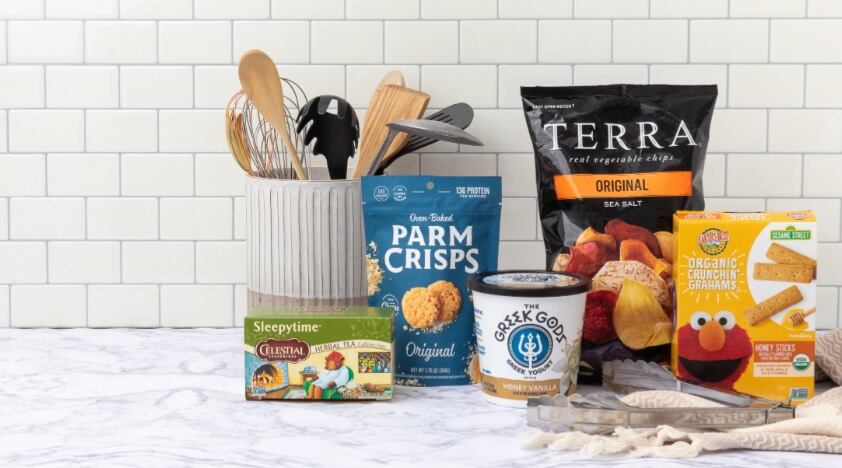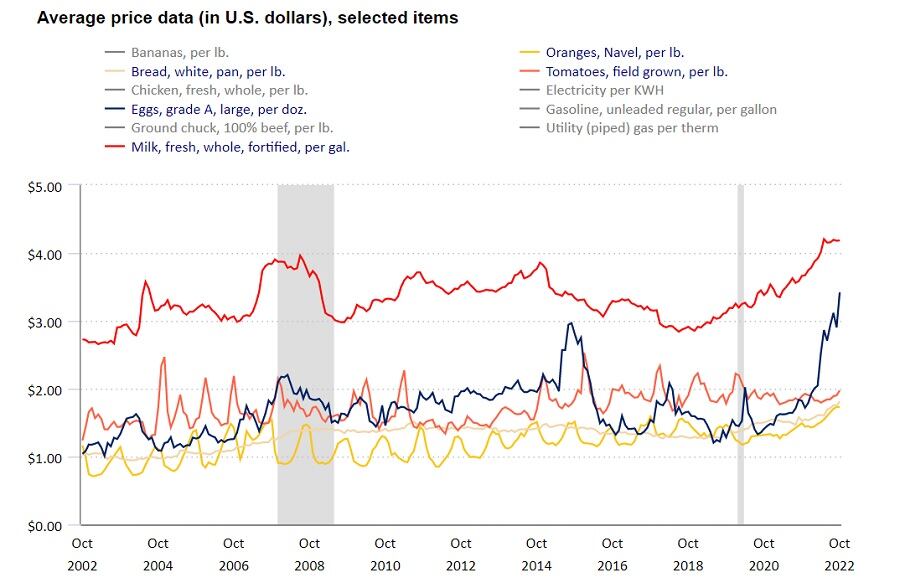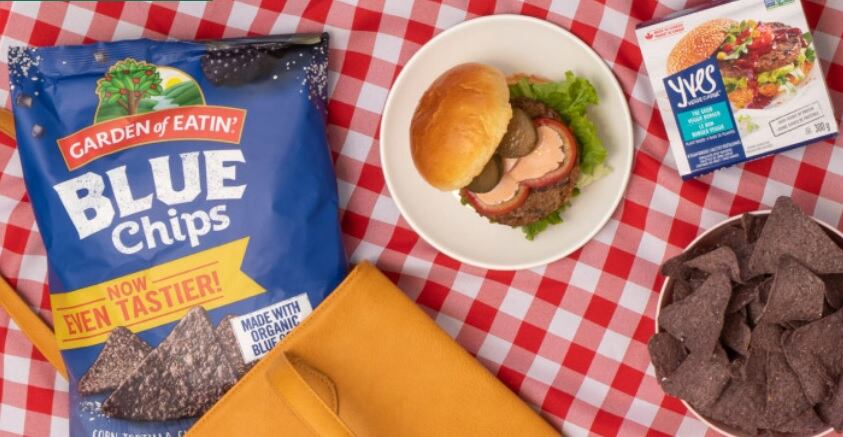But it is ready to re-invest in sustained brand-building efforts more in line with its peers, which could include in store and online shopper activations, adjustments to pack-price architecture and other strategies that could make prices more acceptable to shoppers who feel pinched by inflation, new CEO Wendy Davidson said during the company’s second quarter earnings call yesterday.
She explained that while Hain Celestial has joined most other packaged food companies in raising prices to help offset inflation in recent years, it has not passed on to consumers the full brunt of the increased cost of goods it is bearing – nor does it plan to.
Rather, Davidson said Hain is “comfortable that we’ve been able to offset the majority of [inflation, including lingering pressure around packaging] through our productivity and won’t need to take additional pricing this year except for … a few areas, especially around international.”
As such, and because many of Hain Celestial’s products are “an entry price point into the more premium parts of our categories,” Davidson said, “I’m not anticipating that we’re in a position where we will need to take ourselves backwards” by lowering prices.
But, she added, “that’s something that we monitor very closely.”
CFO Chris Bellairs reinforced these sentiments by explaining even though the Consumer Price Index fell in December from November and other indicators suggest inflation in North America is plateauing, any reduction in costs will take time to pass through the company’s cost structure and gross margin given the company has locked in raw material and packaging costs through the back half of the year.
Davidson’s and Bellairs’ attitudes about pressure to lower prices reflect that of other large players in the CPG food and beverage space, including Mondelez executives who balked at suggestions they lower prices and increase promotions when inflation is still climbing double-digits and elasticities remain strong.
Hain Celestial’s elasticities also remain in line with the company’s expectations and many of the categories in which it plays are “a bit more price protected than some other parts of the category,” said Davidson, which has allowed the company to continue to appeal to a less recession-sensitive consumer – further mitigating the appeal of price cuts.
Hain Celestial ‘in a much better position’ to support brands in Q3, Q4
To further protect those elasticities and earn more market share without triggering a pricing war to the bottom, Hain Celestial will ramp up marking investments in the third quarter and expects to see results as soon as the fourth the quarter, said Davidson.
This is a dramatic course change for the company, which investment analyst David Palmer of Evercore ISI noted has “been pretty low for a while” in the 1% to 1.5% of sales range “for a pretty long time.”
Davidson acknowledged that she was “a bit surprised joining the company that some of our brands haven’t been on air in over a year, and we haven’t been in a position to be able to keep them top of mind with the consumer” due in part to supply chain challenges and other factors.
But, she said, “we’re in a much better position to do that in the back half of this year, both because we have a supply chain that will support that, but we also have built it into our model because of the productivity savings to be able to do so.”
As such, she added, “over time we want to make sure that we are consistently investing behind awareness of the brands at a level that will allow it to break through in a category.”
She explained that approach and the amount of the investment will differ by category and differ by brand, “but it won’t just be advertising,” in part because the consumers, categories and brands in play don’t necessarily appeal to mass media.
Rather, the company’s approach to brand building will be 360-degrees and consider different tactics to drive distribution, including potential shopper activation programs such as in-store shippers and digital activations to keep the brand top of mind for e-commerce consumers.
While Davidson wouldn’t share dollar figures for Hain’s brand building investment, she said spending eventually will be “more in line with our category growth peers,” which will require investing in organizational capacity and capabilities to accelerate growth.
The impact from these investments will take time, Davidson cautioned.
“When you turn off marketing, it takes a while to feel the impact when you turn it back on,” she said. “So, we’ll be investing in quarter three – ramping up a bit more in quarter four. [But] we won’t expect to see significant impact to that in our revenue until we get into the quarter four time period.”




